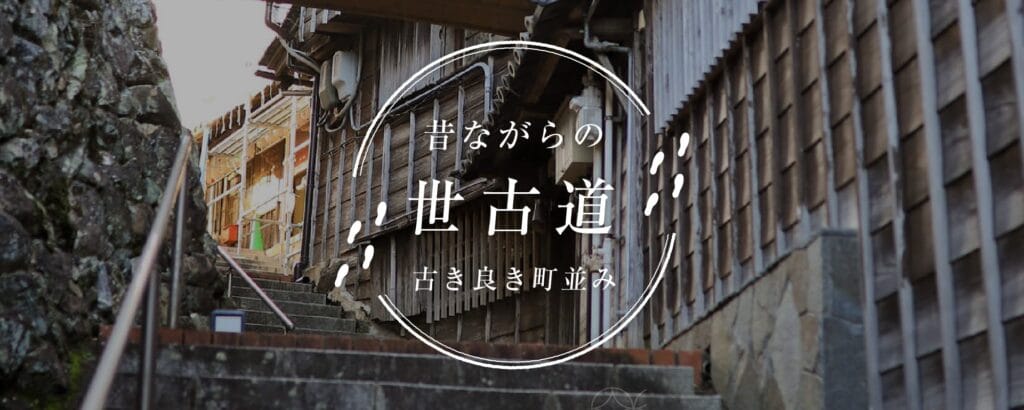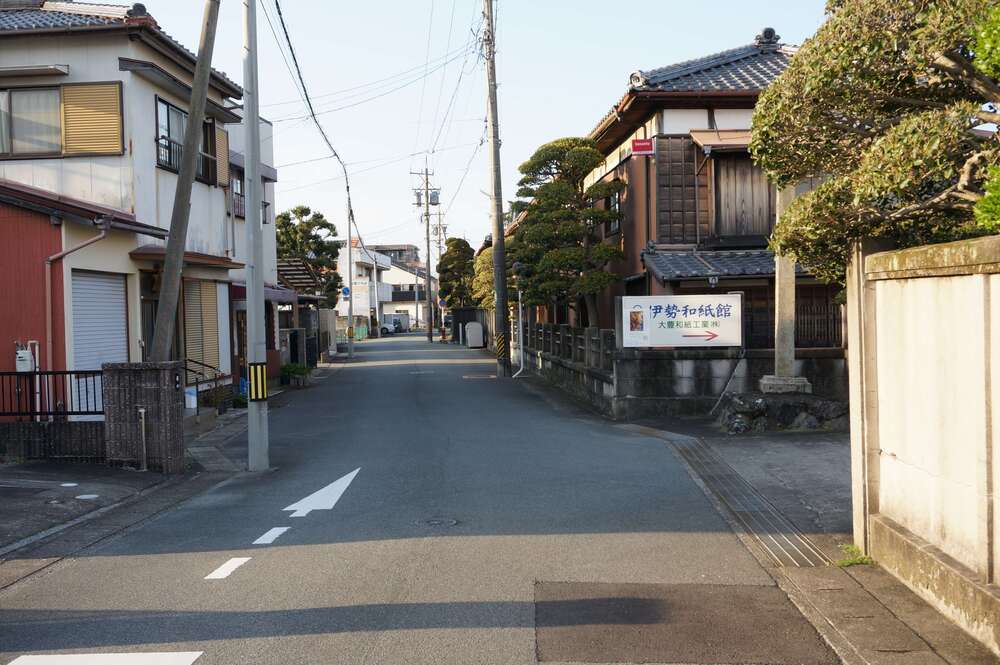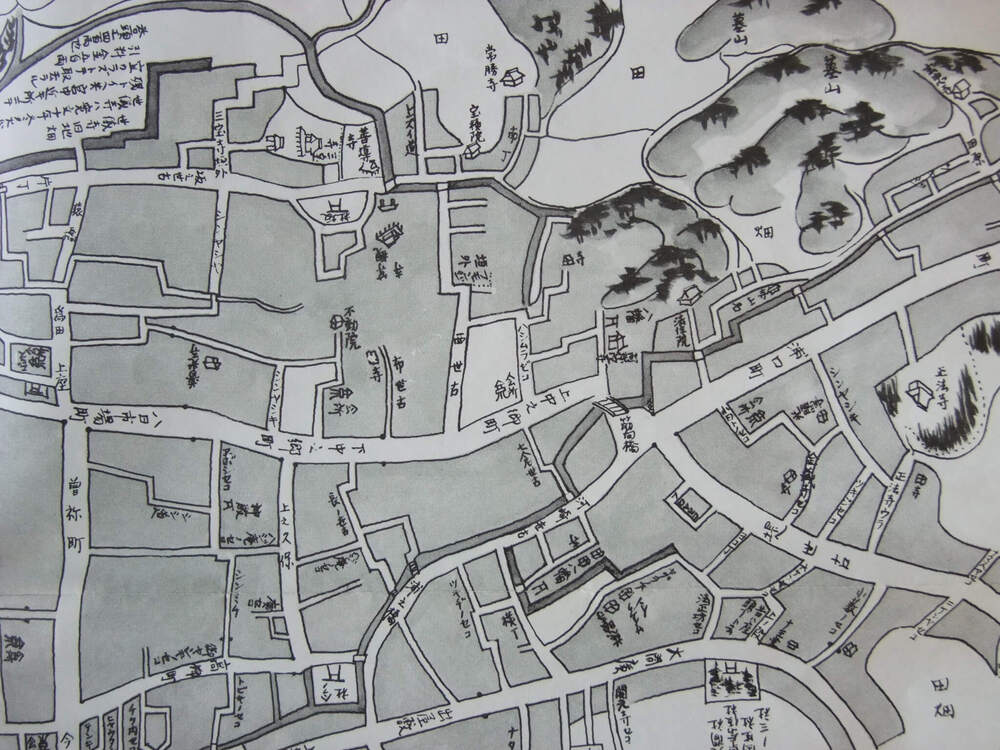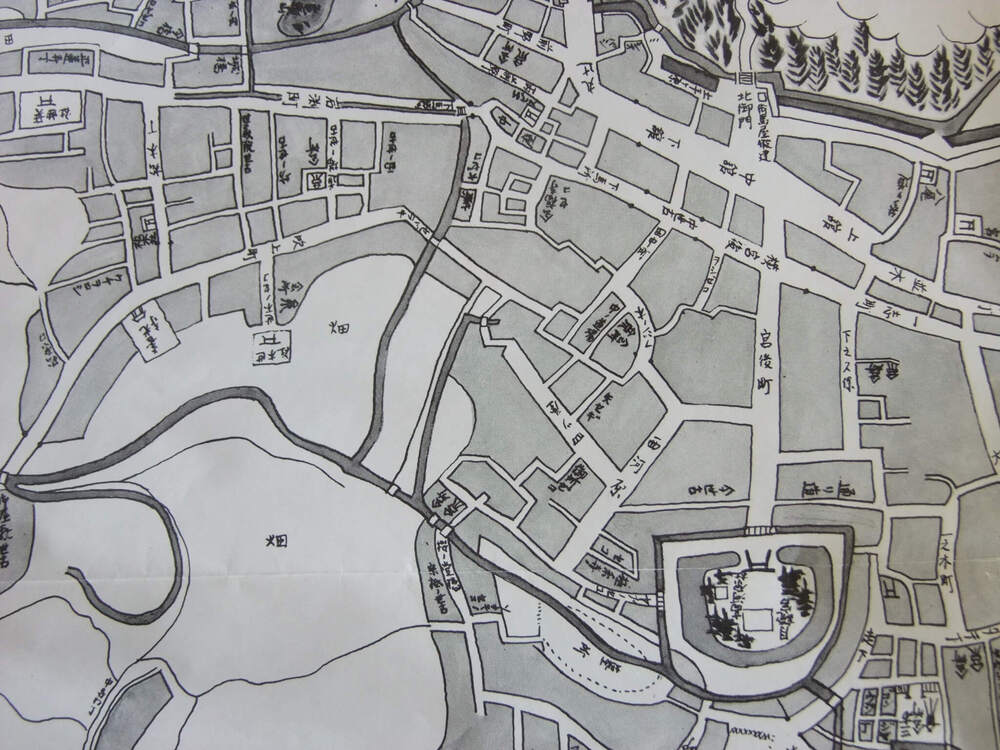The origin of the ancient times is that the ancient times are synonymous with "seko" and mean a narrow road approaching from both sides. There are various theories, such as whether) was converted to ancient times.

table of contents
If you walk along the road in Ise, you will see a small alley between the houses.In Ise, this is called Seko, and it is recorded that there were more than 130 named ones from the Edo period to the Meiji period.However, after the war, most of the world was expanded and disappeared.Still, looking at what remains today, the ancient world continues to live in our daily lives and becomes a playground for children.In the ancient times, people can feel close to their appearance and life, and old-fashioned things are still alive.If you walk a little, you will hit a corner on a short winding road, and you will be looking forward to seeing what kind of scenery will pop out.

If you walk along the road in Ise, you will see a small alley between the houses.In Ise, alleys are called Seko.It is called Shoji in Kyoto and Shoji in Osaka and Matsusaka.In particular, the road that runs north and south was called Seiko, but now the alleys of the east and west roads are also called Seiko.The origin of the ancient times is that the ancient times are synonymous with "sako" and mean a narrow road approaching from both sides. There are various theories, such as whether) was converted to ancient times.


Around the outer shrine, the town of Yamada has a Sangu highway that runs from east to west, and it is believed that the ancient times were maintained as a lead-in road to the temple and the Onshi (*) mansion.From the Edo period to the Meiji period, it is recorded that there were more than 130 named ones, but after the war, most of the ancient times disappeared due to expansion.Even so, if you look at what remains today, the old age, where cars can't enter, has become a playground for children and continues to live in our daily lives.
* The "master" who guided the visit to Ise during the Edo period is to guide people who visit Ise from all over Japan, and to entertain worshipers by giving kagura at their own mansion as a priest. It was.
The ancient names include those related to town facilities such as meetinghouses and bathhouses, their orientation and location, and those associated with natural scenery.There are various forms such as straight lines, curved lines, passages, and dead ends.Seiko eventually developed from "Seiko" to a town, and the name of Daisei Furumachi became the name of the town.Examples of ancient names include "Surprised Seiko," "Oshi Seiko," and "Eboshi Seiko."
A person who was struck by a big deal in the Edo period and was swept away to Korea wrote an address saying "Japan, Fujirokuya Seiko's mother will visit" to inform his family, and he first arrived in Nagasaki. Then, it was said, "Because it is the ancient world, this must be Ise with Mr. Ise," and the letter was safely delivered to the family.You can see how widely the ancient times of Ise were known all over the country due to the popularity of visiting Ise.

In particular, many ancient times remain around the outer shrine.Click on Seiko on the map below.You can see the origin of the ancient name.If you are interested in the ancient times, please visit it.There is a guide monument at the entrance of the main ancient times, so it will be a landmark.The street in front of the Ise Washikan is Ozeko, which is easy for tourists to understand.Around Naiku, there are several ways to enter the ancient times from Oharaimachi Dori.Please go to this world for sightseeing.